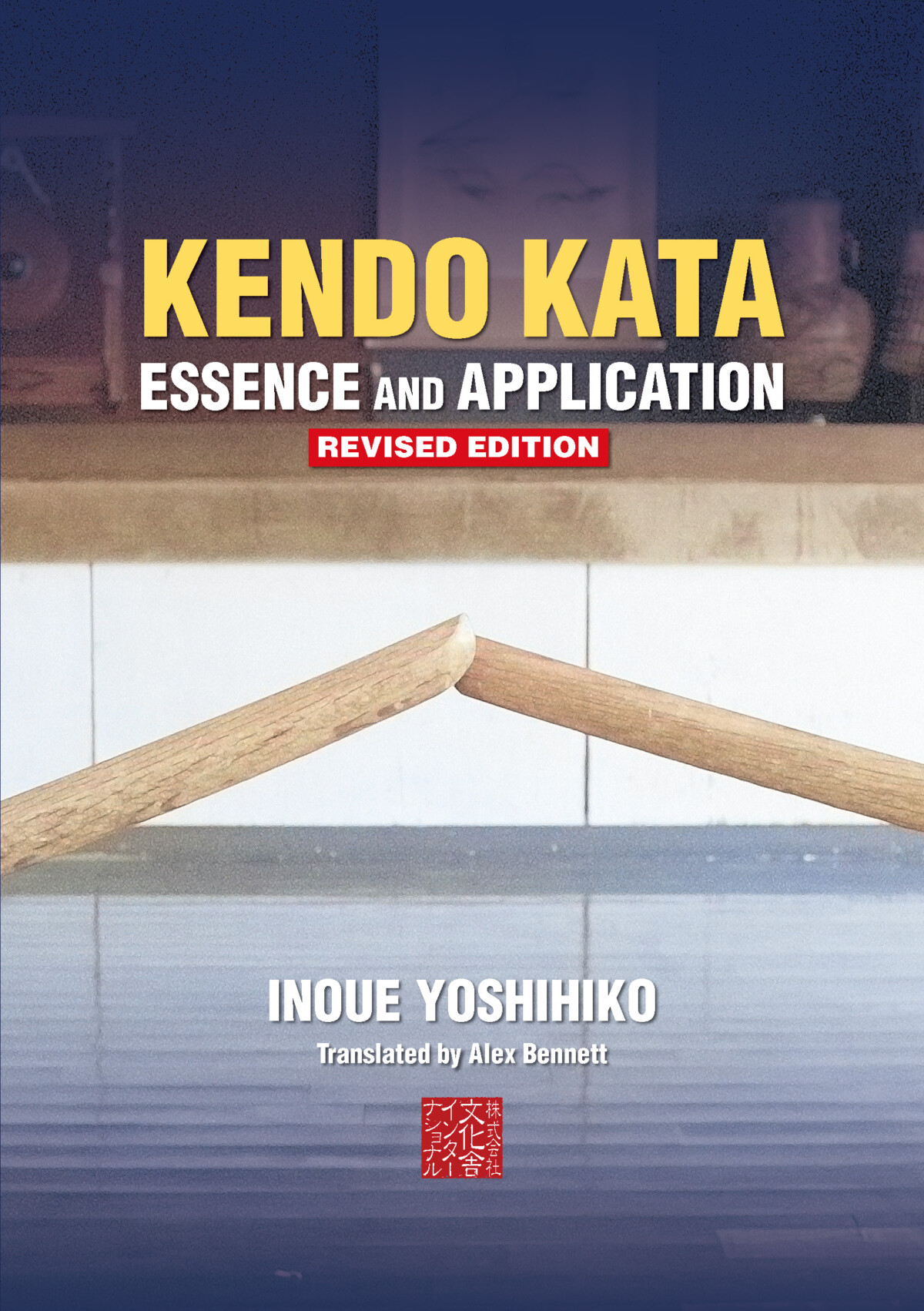
Kendo Kata – Essence and Application (Revised Edition)
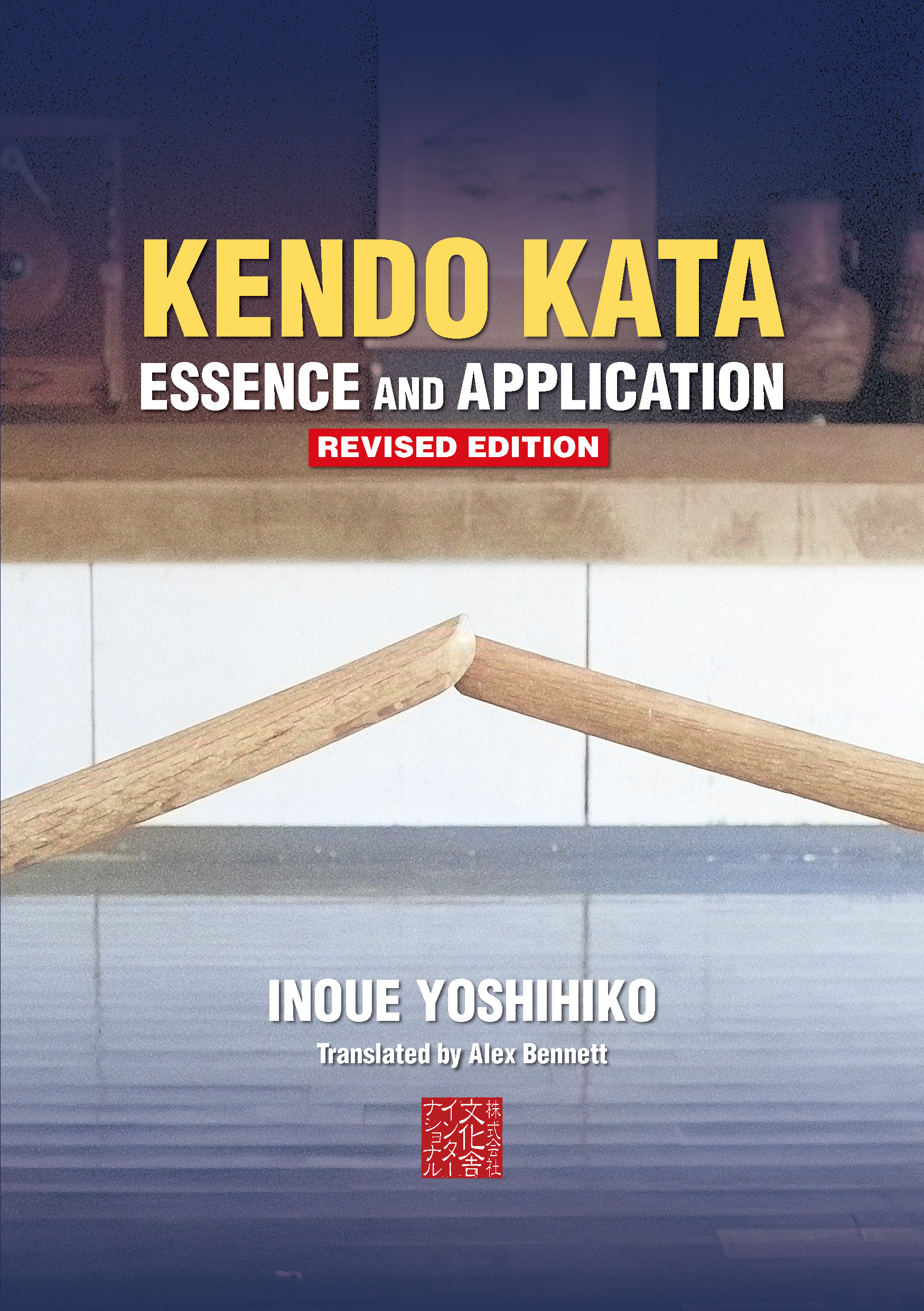
Kendo Kata – Essence and Application (Revised Edition)
By Inoue Yoshihiko
Translated by Alex Bennett
Price: $35
Inoue Yoshihiko-sensei (1928–2015), Kendo Hanshi 8-dan, was the preeminent expert of the All-Japan Kendo Federation’s Nihon Kendo Kata and an influential teacher whose insights shaped generations of instructors and practitioners. In this book Inoue-sensei explains how the ten kata are to be performed, as well as the accompanying etiquette necessary when performing them.
The description of each kata features in-depth explanations from the AJKF’s official “Kata Instruction Manual,” further guidance from the federation’s “Kendo Seminar Guidelines,” and commentary from Inoue-sensei himself. Each kata is illustrated through detailed photos. In addition to the technical descriptions, the book explores the philosophy behind each form and the history of their development.
The first edition of this book was published in 2003. Since then, the All-Japan Kendo Federation has periodically updated its guidance on how to teach these kata. This revised edition incorporates all updates since the first edition, making it the most comprehensive and current analysis of the Nihon Kendo Kata. Masterfully translated by Alex Bennett, this book is an indispensable resource for both beginners and veteran kendoka alike. This revised edition replaces the long out of print first edition.
AVAILABLE AT THE LINKS BELOW.
AVAILABLE FROM OTHER BOOK RETAILERS, TOO!

Contents
Foreword. . . . . . . . . . . . . . . . . . . i
Preface to the Revised Edition . . iii
Introduction. . . . . . . . . . . . . . . . .v
The Gateway. . . . . . . . . . . . . . . . 1
Tachiai. . . . . . . . . . . . . . . . . . . . .5
Tachi-no-Kata
Ippon-Me . . . . . . . . . . . . . . . . . . 23
Nihon-Me. . . . . . . . . . . . . . . . . . .35
Sanbon-Me. . . . . . . . . . . . . . . . . .45
Yonhon-Me. . . . . . . . . . . . . . . . . .55
Gohon-Me. . . . . . . . . . . . . . . . . . 71
Roppon-Me. . . . . . . . . . . . . . . . . .79
Nanahon-Me. . . . . . . . . . . . . . . . .87
Kodachi-no-Kata
Ippon-Me . . . . . . . . . . . . . . . . . . 101
Nihon-Me. . . . . . . . . . . . . . . . . . .113
Sanbon-Me. . . . . . . . . . . . . . . . . .123
The Philosophy of Kata
Ippon-Me to Sanbon-Me. . . . . . . . .139
Yonhon-Me to Nanahon-Me. . . . . . .151
Kodachi-no-Kata. . . . . . . . . . . . . . 162
Etiquette. . . . . . . . . . . . . . . . . . .169
Q & A with Inoue Sensei. . . . . . .181
Glossary of Terms . . . . . . . . . . . 191













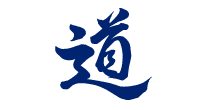



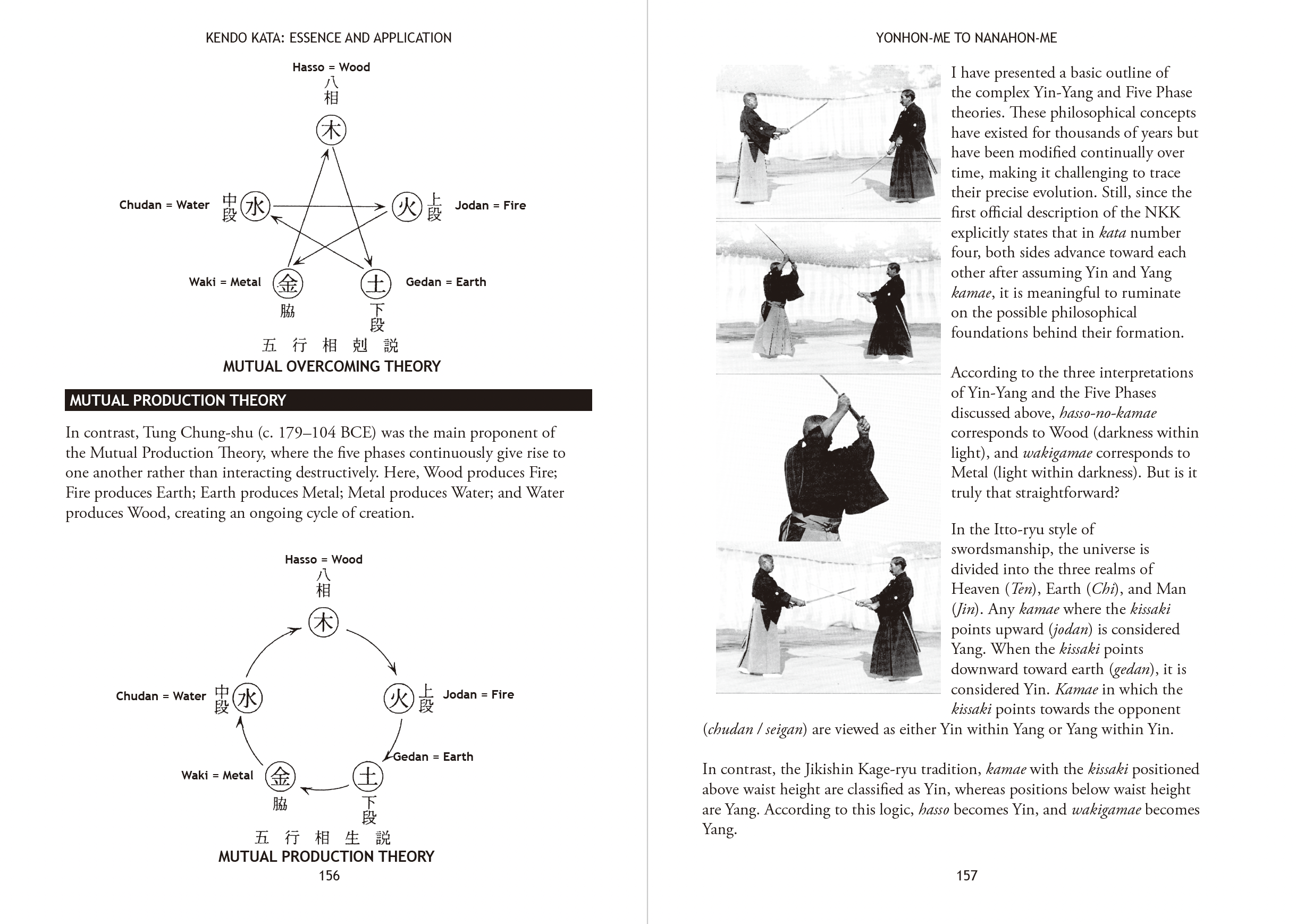
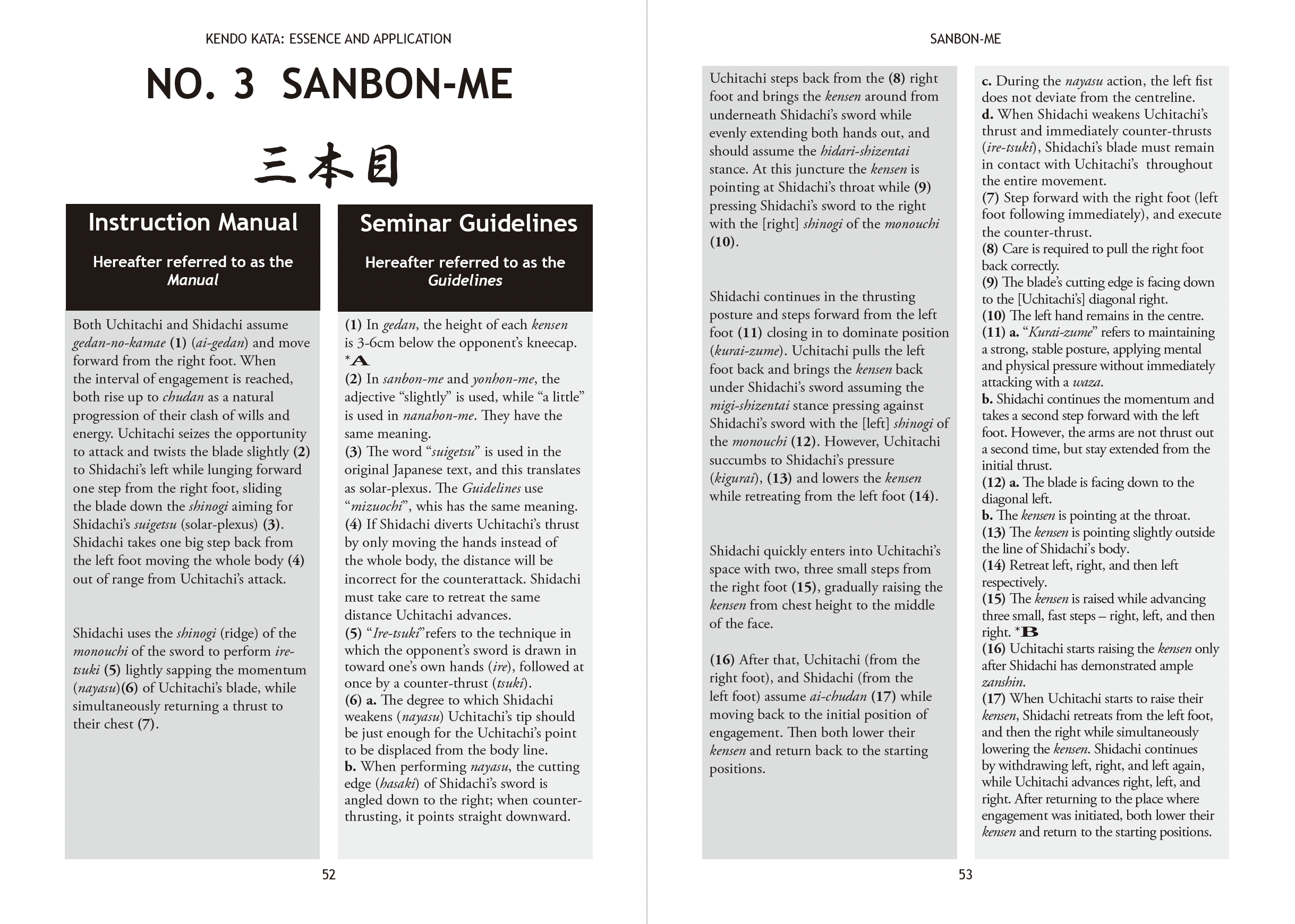
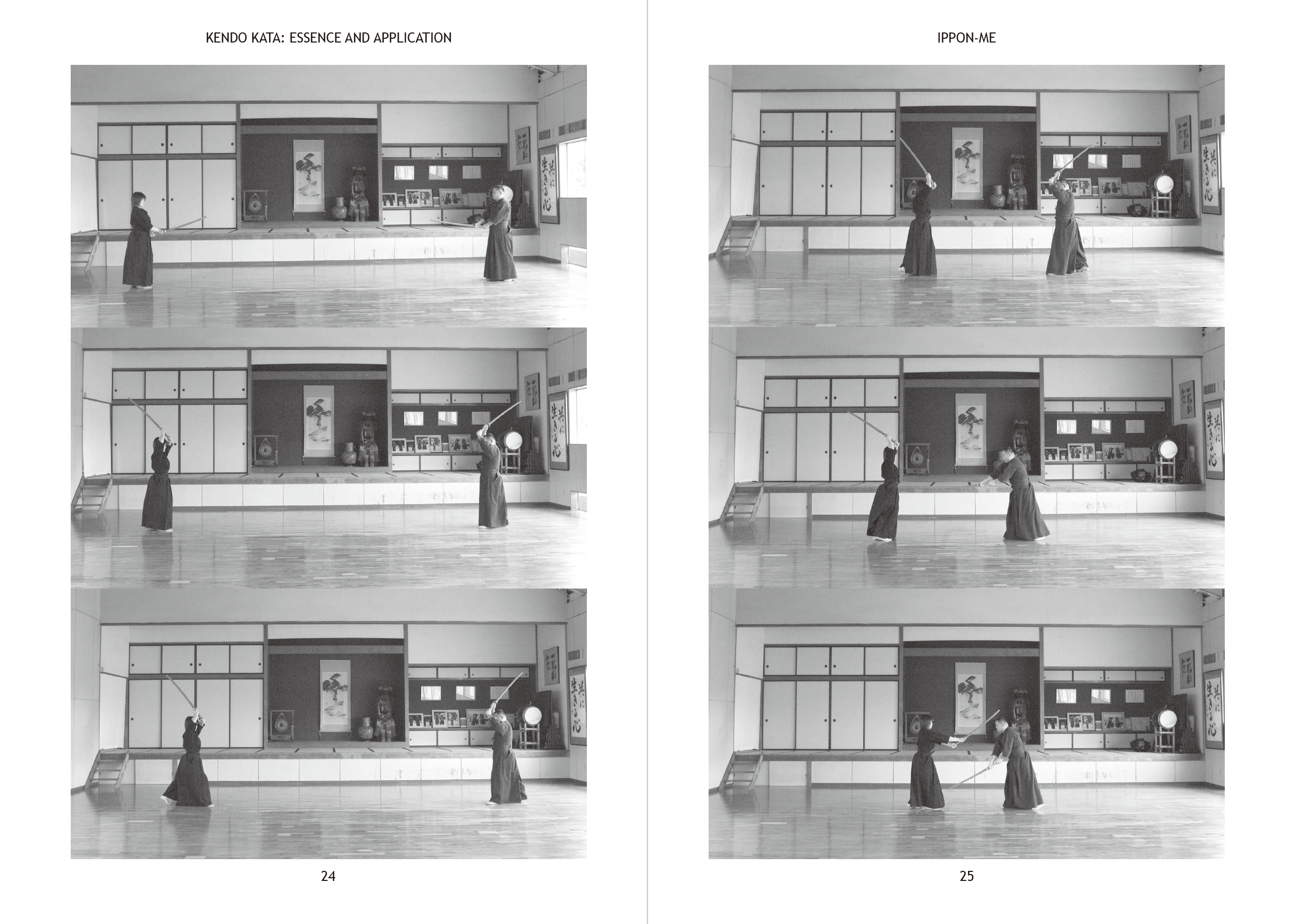
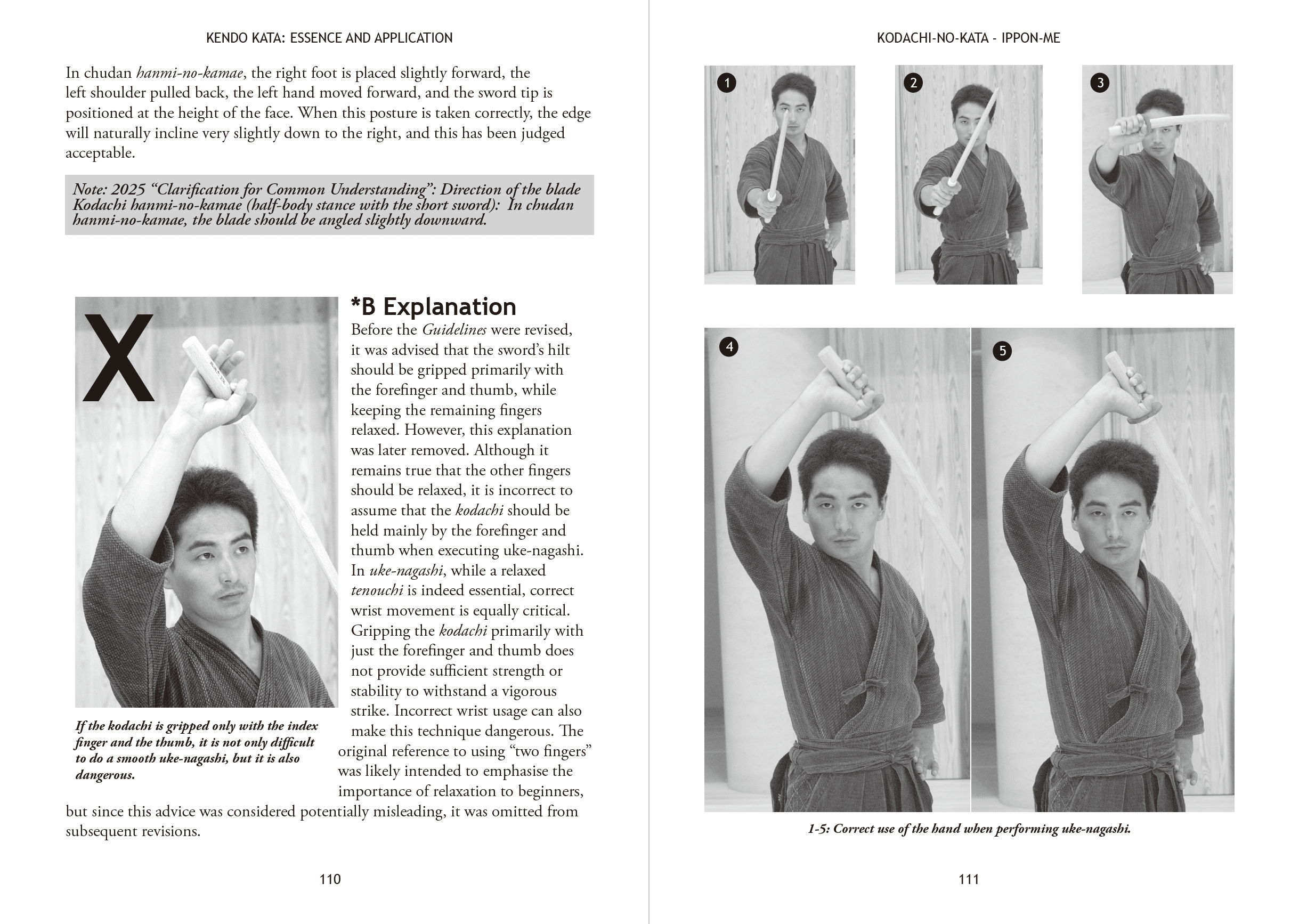
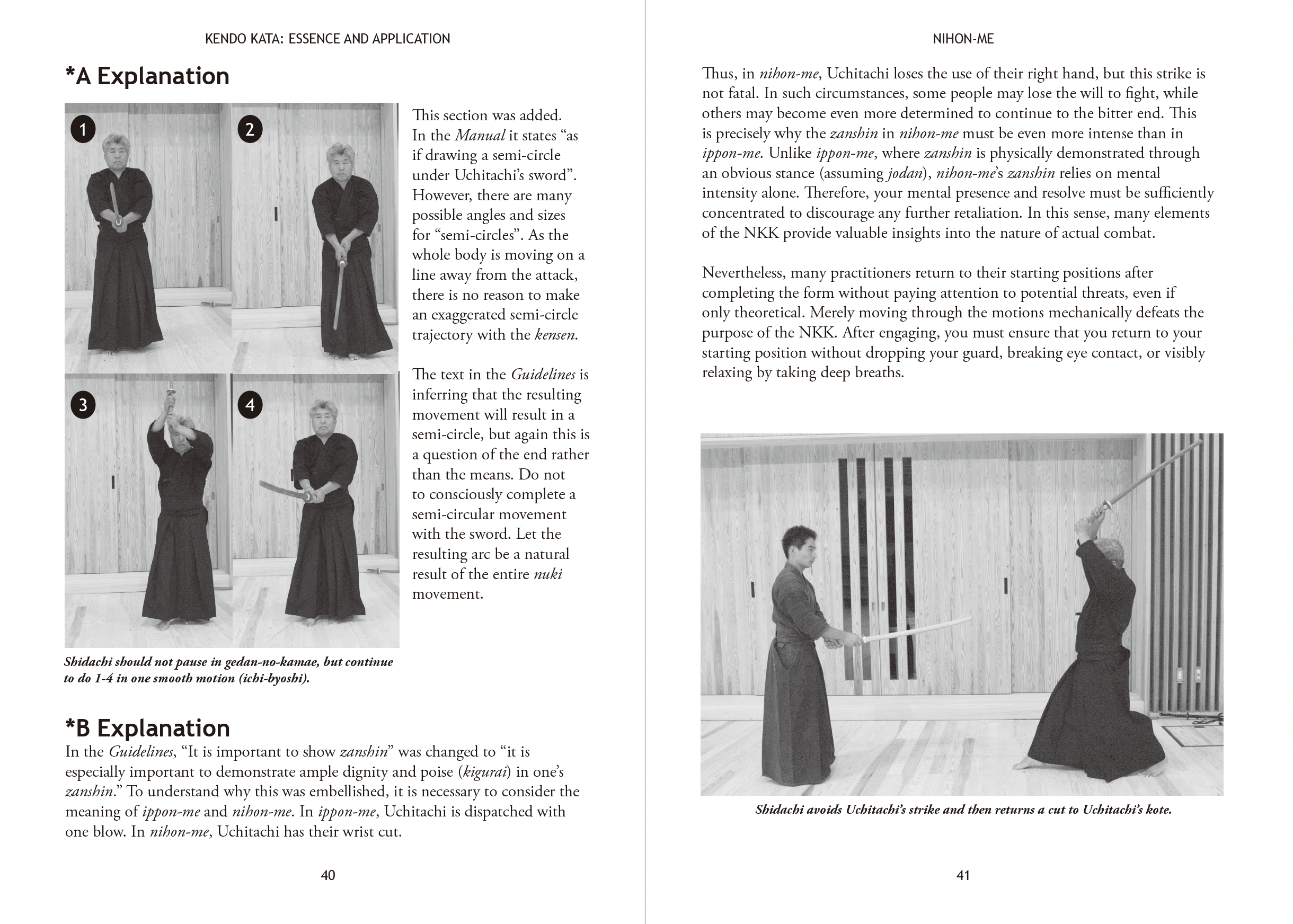
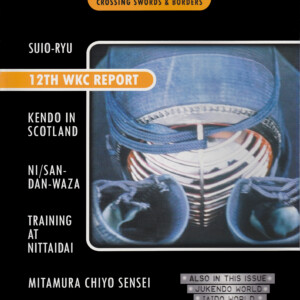
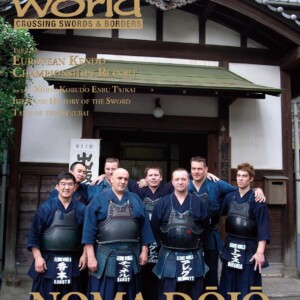
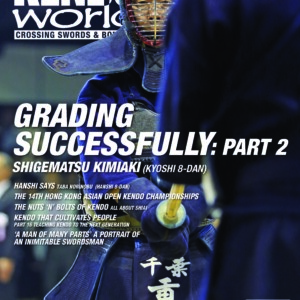


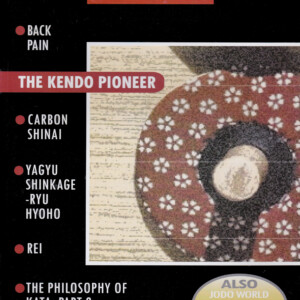
No comments yet.